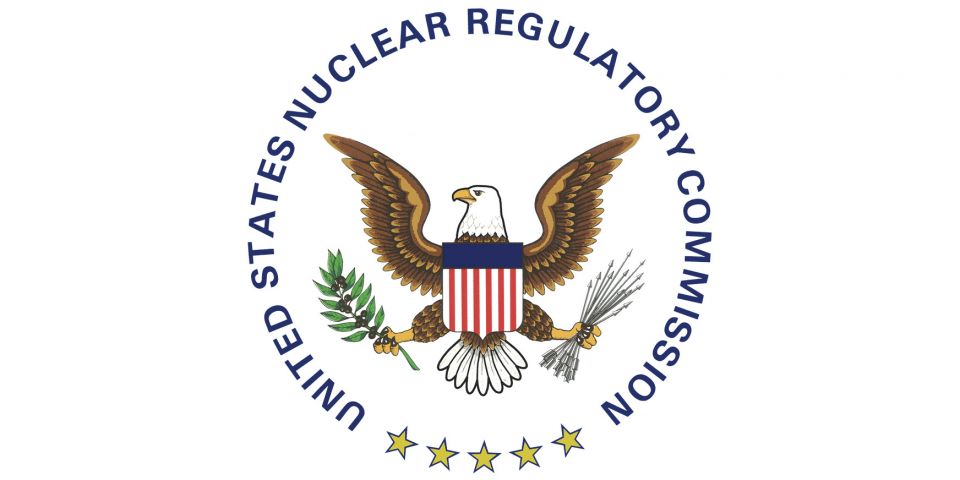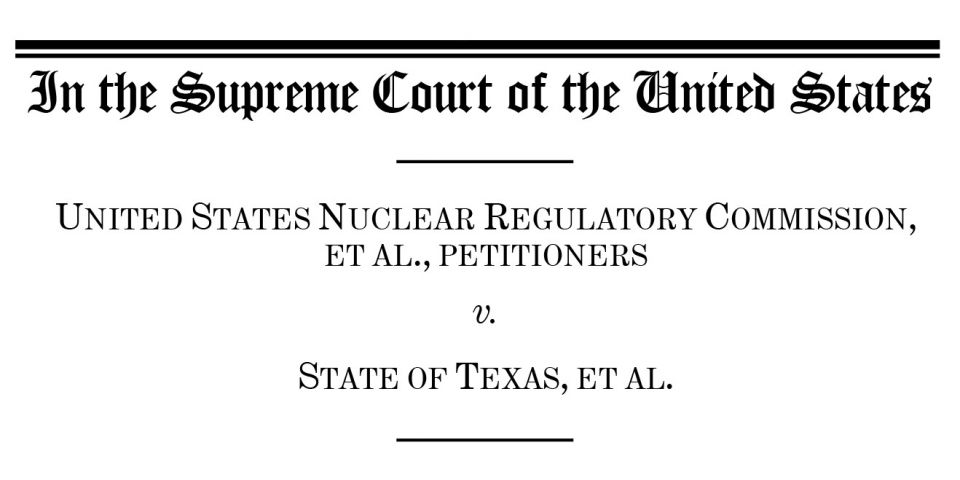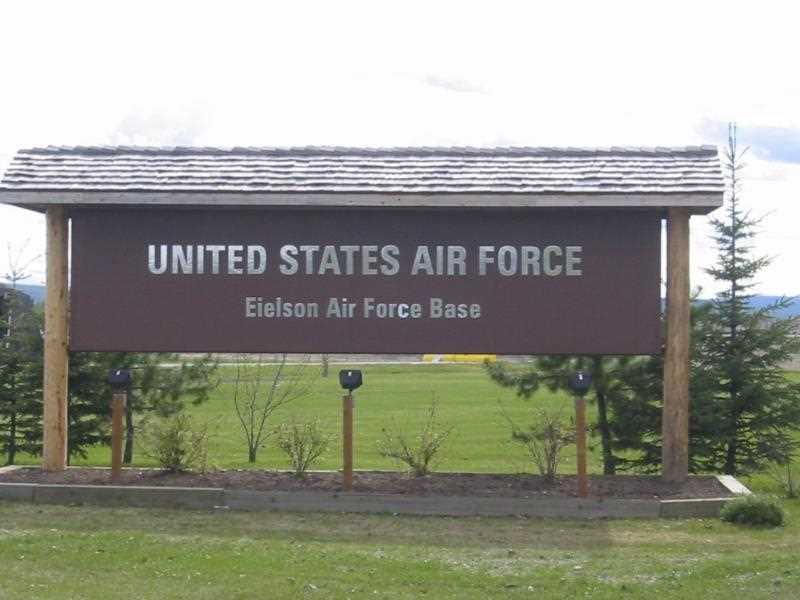A ‘fresh look’ at the mandatory hearing
Earlier this month, Nuclear Regulatory Commission chair Christopher T. Hanson sent a letter to the agency’s general counsel, Brooke P. Clark, saying “a fresh look at the mandatory hearing process is warranted.” Hanson directed the Office of the General Counsel (OGC) “to identify efficiencies in these mandatory hearings that will enable the commission to fulfill its statutory obligations while it promotes the responsible stewardship of time and resources,” and gave the office 60 days to provide a paper outlining applicable requirements and options.







